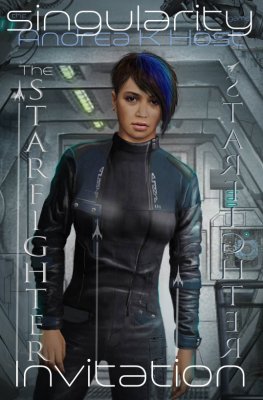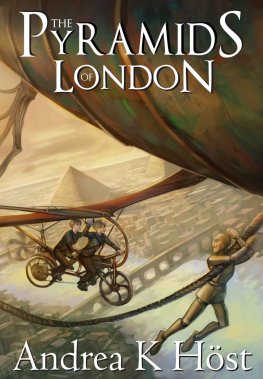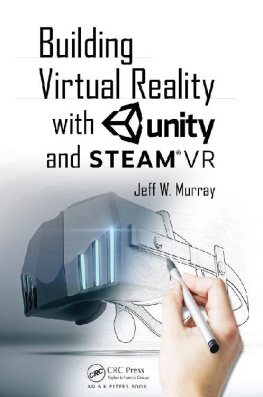No-one wins an MMO. Theyre games that are designed aroundprogression: gaining max level, then working with a group to get thevery best gear, with countless time fillers to keep you busy until thenext game expansion is released, and then you start the grind all overagain. Plot optional, and the only real boasting rights in being thefirst to do something. First to max level. First to down a raid boss.First to unlock gated content, or reach a new zone.
The last is what I like to door pretend to do, by avoiding chat afteran initial release, keeping my nose out of forums, and exploring thegame as if I wasnt following a thoroughly trampled path.
Because no-ones really first in an MMO. Any game that deserves thelabel massively multiplayer takes a cast of thousands to put together.Developers bring it to the in-house alpha testing stage. A horde oflucky volunteers get to hunt bugs for free in the closed beta test. Andtens or even hundreds of thousands swarm the open beta, trying beforebuying as the developers stress test the servers. By the day of releasetherell be entire player-built databases full of maps, discussions,quest solutions, character builds, prime levelling spots, and probablythe strats for at least the low-level dungeons.
Frustrating for a discovery gamer like me. I dont want to knoweverything there is to know about a game before I play it, and theresnothing less enjoyable than heading into a new dungeon only to have myparty race through it all at break-neck speed, complaining the wholetime that I havent researched exactly where to stand.
Despite the challenges, I still enjoy the first few months of a newrelease immensely. From the sheer chaos of the crowded starter area, tovistas stumbled over while dashing through deserted high level zones. Ilike not knowing about the Easter eggs, let alone the plot developments.Eventually, of course, Ill run out of new areas, hit max level, andthen obligingly raid with my guild, and do time-filler quests untilfresh horizons draw me away. My particular addiction is going somewhereIve never been before, and looking around. But every MMO Ive everplayed, I completely knew I wouldnt really be discovering anything.
Except with Dream Speed.
The first surprise was that it existed. GDGguided dream gaminghad beenaround for a handful of years, was wildly popular with insomniacs, andotherwise considered more a gimmick than a real game. It definitelydidnt even remotely resemble the kind of experience youd expect froman MMO. GDGs nudged your dreams toward specific imagery, and Id enjoyedthem for what they were: vaguely experienced mood pieces. A millionpeople could play Crystal Heights every night and they would all dreamof a castle of ice, and of lost treasure, and they would find themselvesin a gold room, and a green room, and a room of frozen flowers. Buteveryones castle and treasure and rooms would be different, and whatpassed for gameplay was vague, disjointed and unpredictable. Dreamlike.
No-one had even considered matching GDG with traditional game types, letalone an MMO, until Ryzonart set up a demonstration booth at E3one ofthe largest game-related press conventionstouting their upcomingmassively multi-player online GDG set in a post-singularity future.
A technological singularity, that is: the moment when artificialintelligence comes into existence, and life as we know it ceases to be.Love us or hate us, AI is expected to change us.
At the time of Dream Speeds first demo, Ryzonart was known as a tinyindependent game developer, with only a couple of addictive littlecasual apps to its name, and the idea of them releasing any kind of MMOwas unlikely enough. The idea of a MMO GDG was just ludicrous,particularly from such a minor developer. When the posters started goingup at E3, there was a lot of outright mocking across the gaming sphere.Dial-up Speed, that kind of thing.
Then the demos started.
Big crowded gaming conventions arent my thing, so I woke up entirelyoblivious one morning in early June and every site I went to wasscreaming the same thing.
True. Virtual. Reality.
Ryzonart knew what kind of bomb they were exploding. They didnt have aline for the demo. Instead there were terminals where you could make asession booking time, or sign up for the no-show lottery. A couple offights broke out. Someone sold a session slot for over $1,000.
It took only one frothing article to send me to all the shaky videosrecorded from the booths display monitors. The demo was set in a narrowvalley zone surrounded by cliffs, with a waterfall plunging to a pool,and just that alone was enough to send players raving. While GDG couldproduce a spectacular level of detail, it tended to combine with ahaziness to everything except the particular focus of the dreamersattention. This was crystal-clear, with every blade of grass, everyleaf, every rock appearing as individual and separate objects. And,unlike the average MMO, none of it looked like a texturea painting ofrock wrapped across a graphical objectand there was no hint of therepetition that usually creeps into computer-generated landscapes. Theonly difference from the real world I could see was a level ofairbrushed beauty usually reserved for tourist brochures.
But this wasnt just a pretty-looking place. VR headsets had been aroundfor years, and great graphics werent that revolutionary, although themore detail usually meant hideous frame rates as it all loaded. But wedbeen able to see and hear virtual worlds for an age. What Dream Speeddid was add body to the experience.
Almost every demo video followed the same course: a character avatarstanding by fern and moss-decked rocks opened their eyes and gasped, andthen spent many minutes staring down at themselves, touching their ownfaces, moving arms and legsor tails, ears, fins or wings. The prettyvalley around them was almost irrelevant to the experience. Some nevereven shifted their attention from their selves to the environment. Thosethat did usually only stared about, took hesitant steps, touching grassand stones and water as if they were the most interesting things in theuniverse. And then the session would be over, and the player wouldemerge from the curtained rear of Ryzonarts booth, and rave.
This repetition was made more entertaining by the huge variety ofavatars. The first demo I watched was nothing unusual: a slim,brown-skinned young man with a black mohawk. The only real surprise was,again, the incredible detail. And the way he behaved. But the nextvideo, while still featuring a humanoid, showed an attenuated figurewith an olive browncarapace. Thickened skin formed segmented plates,with spikes jutting from elbows and shoulders. The face above the mouthwas two smooth planes, divided vertically. Slits for eyes. The nextavatar was a jewellery-bedecked pangolin with a fox-like head. Next, aneight-legged, many-armed robotic thing that spent the entire sessionworking out how to walk. Then a blue woman, who spent her sessionsqueezing her own breasts. Dozens of different avatarsI rarely saw twothat even resembled each other.
MMOs average on launch something like five race choices, usually allhumanoid: an approach that saves a lot of time and resources. Thevariety of character avatars in the demo suggested that not only were welooking at the biggest leap forward in gaming technology since, well,Pong, but that Ryzonart had thrown major-league money intodevelopment. We could hope for a lot more from Dream Speed than just apretty waterfall and the experience of truly being not yourself. Chanceswere good there was a real game, the next level of gaming, due torelease in a mere four months.
And no-one knew anything about it.
[g] itz the only explanation that makes sense ..dream speeds 2 advanced 2 b made by humans



![Andrea Hest - Snow Day [Touchstone: Extras]](/uploads/posts/book/874298/thumbs/andrea-hest-snow-day-touchstone-extras.jpg)





